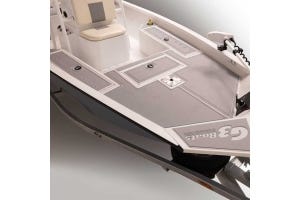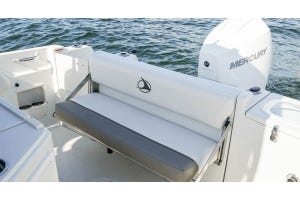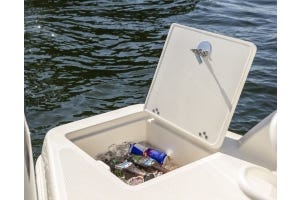Merci, Monsieur Pitot!
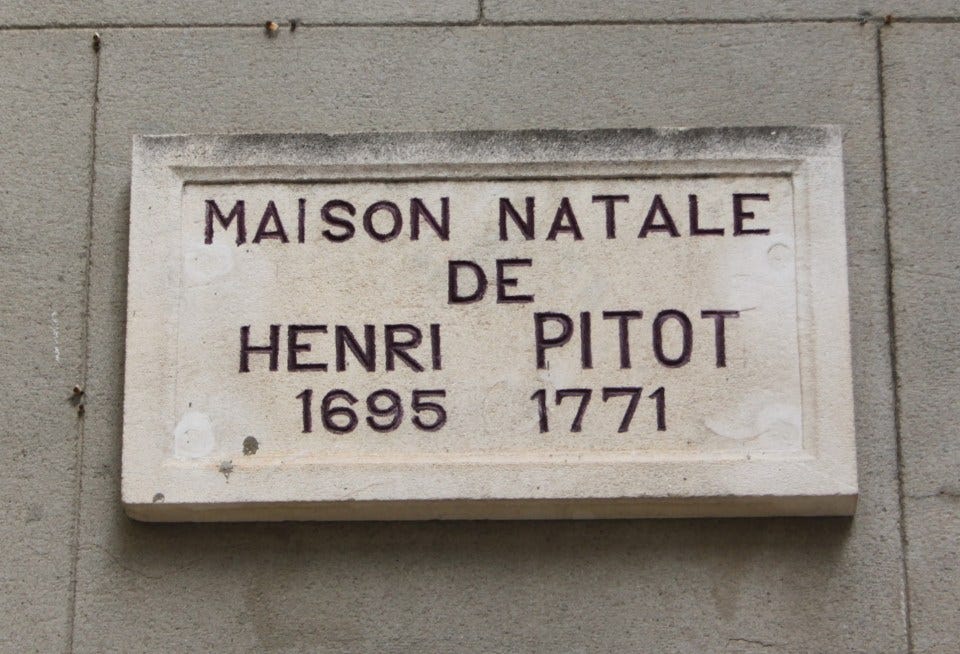

In 1732, an engineer named Henri Pitot got the job of measuring the flow of the Seine, the famous river that bisects the city of Paris. A late bloomer, Pitot seems to have been an unremarkable student until age 19, when he fell in love with geometry after picking up a book on the subject in a shop. Pitot went on to accomplish many feats of engineering in his career, but it's the contraption he devised to measure the speed of water flow that has made his name famous among boaters.
Pitot's discovery, in the words of Dr. John Lienhard, was this: "Bring moving water to a halt, and it'll drive a column of water up to exactly the height from which water would flow to gain that velocity." Water entering the tube compresses the air inside the longer tube that connects to your speedometer gauge. That increased air pressure moves your speedo needle, translating it into miles (or km) per hour.
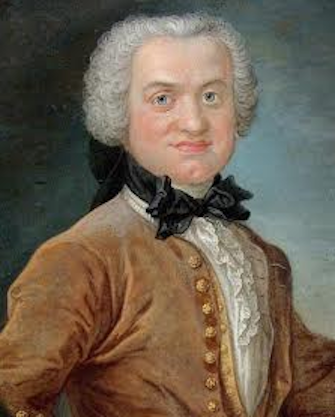
Pitot tubes are important sensors for weather stations, aircraft, and race cars.
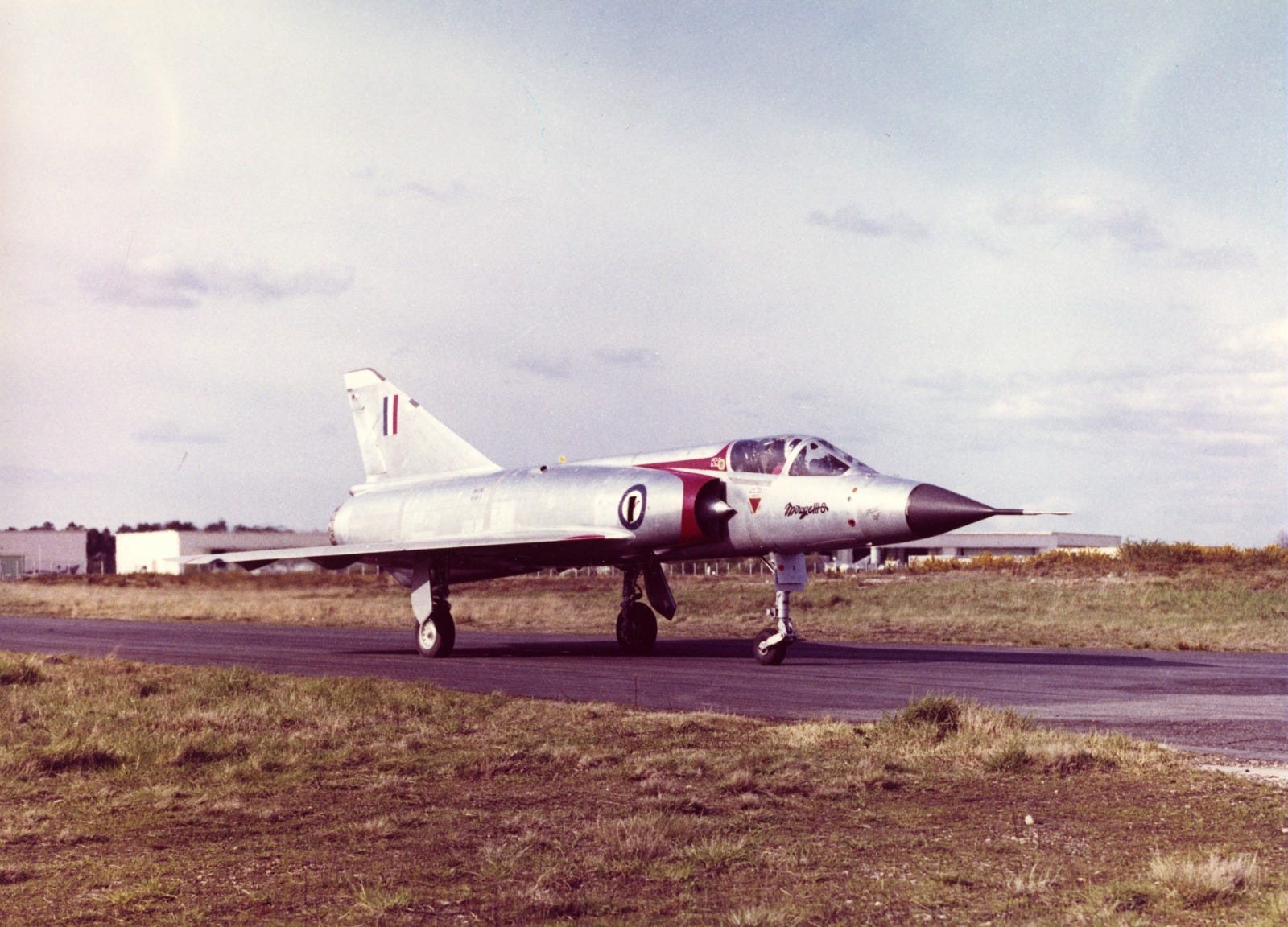
Pitot would have been interested in our modern powerboats, since his first published work was a book about the maneuvering of ships. The speeds our boats can reach, though, would blow that powdered wig of his right off.



